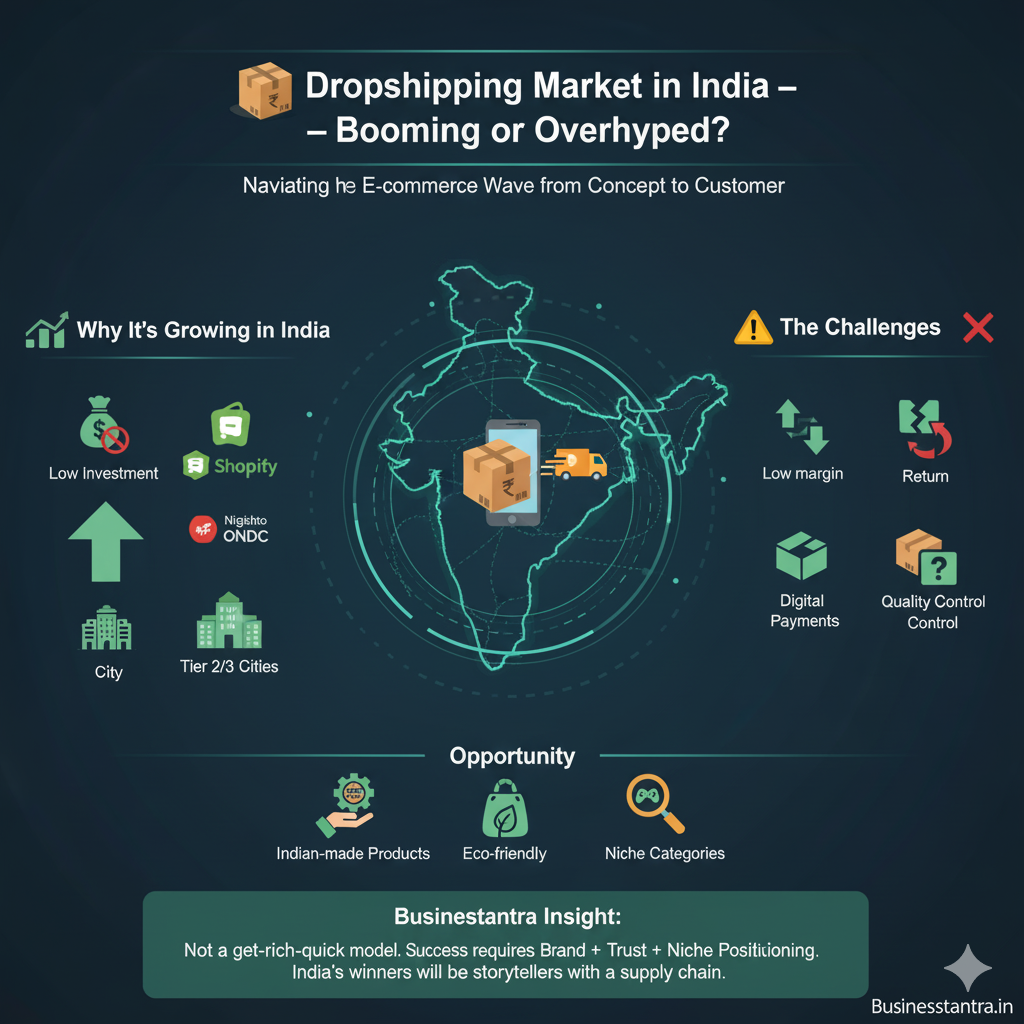Five growth stages for a small business
[ad_1]

Woman holding an ‘open’ sign at a restaurant [Courtesy]
Starting and growing a small business is not a stroll in the park. Data shows that 20 per cent of small businesses don’t survive past the first year. And by the end of the second year, 30 per cent of small businesses will have folded. By the fifth year, half of the small businesses will have failed.
These statistics are not meant to scare you. However, they can give you a reality check and motivate you to work harder to make sure your business venture is among the success stories. Understanding the five stages of small business growth can help you in that regard. Let’s take a look at the stages and what you can do to maximise your business potential in each.
Existence
The first stage is bringing your business from a mere idea into existence. You start by identifying an unmet need in the market and bringing in the services or products to close the gap. At this stage, there are many factors to consider, which can make the process highly confusing and challenging.
To make everything a little easier, you need to have a clear plan in place to act as a roadmap of sorts. Write a business plan that will help you understand the market and your place in it. A well-written business plan, when adhered to, can prepare you for the inevitable twists and turns that come with starting and growing a small business.
When entrepreneurs fail to plan for this stage properly, their businesses are likely to follow suit. Such businesses close as soon as they run out of start-up capital. If you’re lucky, you can sell the business for its asset value.
Success tip: Develop a detailed business plan that helps you gain a deeper understanding of the market and your place in it. Analyse your competitors, risks, and opportunities. Remember that every business is unique and your business plan will have to evolve over time as you perform reviews, achieve milestones, set new targets, and modify marketing strategies.
Survival
At this stage, your business idea has proved to be viable. You have enough customers and they’re sufficiently happy with the services or products you sell. You may have a few employees supervised by a manager. However, the business is still largely synonymous with its owner.
The main challenge shifts from mere existence to ensuring survival through long term profitability. In the short term, you are worried about generating enough cash to break even. In the long term, you worry about generating enough cash flow to stay in business and to finance growth. Businesses that have reached the survival stage often fail due to the inability to sustain cash flow.
Many small businesses (such as mom and pop shops) get stuck in this stage for the entirety of their existence, earning marginal returns on invested time and capital. Eventually, such businesses fold up when the owner gives up or retires. Some businesses at this stage have developed enough economic viability to be sold, usually at a slight loss.
Success tip: To make it past the survival stage, you need to be flexible. It’s okay to reassess, learn and pivot as you go. Figure out the changes that are needed to make a healthier, more successful business. For instance, you might have to hire a skilled business manager, bring in more employees, and outsource certain tasks. To maintain positive momentum at this stage, you also need to have the capital to take advantage of opportunities. Manage your cash flow and source more funding to help get your business off the ground.
Success
Once your business has started generating substantial profits consistently, you’re faced with a big decision: What to do with the profits. Most small business owners use profits generated to fund other things – such as personal expenses or developing other businesses. Others reinvest the profits back into the business to fuel growth.
Some businesses can stay in this stage indefinitely – which isn’t a bad thing. However, businesses that fail to sustain their profitability will quickly revert to the survival stage. To grow past the success stage, you’ll need to become more of a business leader than a business owner. It takes highly skilled financial management, organisation development, and delegation to a growing team to catapult your small business to the next stage of growth.
Success tip: Focus on finding resources, whether financial or staff, to help sustain and grow the profitability of your business.
Take-off
At this stage, your business is experiencing exponential growth. Your main challenge is managing and sustaining this growth. Your business has become more decentralised, which creates challenges that you may not have faced in previous stages. Businesses in the take-off stage are often referred to as “rattling rocket ships.” The business is growing so rapidly that if not properly managed, it could end up crashing to the ground.
Success tip: As a business owner, realise that you cannot be involved in everything as your business expands. Delegate to talented management staff and focus on developing a growth strategy to fuel sustainable expansion.
Maturity
If your business survives the “rattling rocket ship” stage, it will move on to the final stage: maturity. No matter the industry, the rapid extension doesn’t last forever. Every business reaches a stage where growth slows down as it matures. Businesses that reach this stage have effective, well-developed systems and sufficient resources to sustain long term profitability.
The main challenge shifts from growth to stability. Even so, you will need to innovate and adapt to market changes.
Success tip: Build a culture of innovation in your business. Ensure to hire highly innovative employees and encourage them to share and implement their ideas. To remain at the top of your game, you have to avoid complacency.
[ad_2]
Source link










